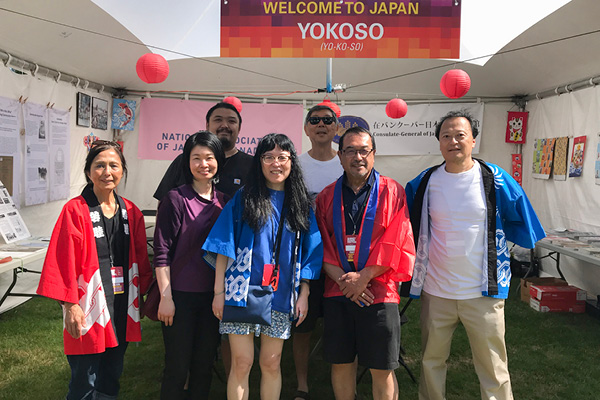“Talk Story” with Digital Storytelling
 In the best of Hawaiian tradition, we all ‘talk story.’ With friends, family and even with strangers we share our life experiences through our stories and in the process discover more about ourselves and teach others. Before the written word, there were tales – imagined or true – shared at gatherings ensuring the survival of the history and traditions of their people. Before engaging in mortal combat, a samurai would proudly announce his family lineage to his opponent so if he were to fall, his enemy will know of his family’s accomplishments and transmit it to others. The residential totems of Canada’s West Coast First Nations people proclaim their proud lineage.
In the best of Hawaiian tradition, we all ‘talk story.’ With friends, family and even with strangers we share our life experiences through our stories and in the process discover more about ourselves and teach others. Before the written word, there were tales – imagined or true – shared at gatherings ensuring the survival of the history and traditions of their people. Before engaging in mortal combat, a samurai would proudly announce his family lineage to his opponent so if he were to fall, his enemy will know of his family’s accomplishments and transmit it to others. The residential totems of Canada’s West Coast First Nations people proclaim their proud lineage.
I have in my possession my maternal Grandfather’s mon-tsuki – a kimono bearing the maru no tachibana family crest of a single orange blossom within a circle. The black silk kimono is quite worn and bears the faint pencil marks made by a relative who, at one time, was thinking of cutting it up to make silk handkerchiefs. Luckily it was rescued in time by my parents! I believe that this inanimate object possess a mana, or life energy and is a tangible ‘footprint’ of my grandfather’s existence on earth. It is a permanent bridge to my childhood in Kagoshima. We all leave behind such residual spiritual traces of our short time on this earth.
My grandfather was a humble fisherman but his guidance and love shaped who I am today. When my family visited Kagoshima in 2006, it was important to me that my sons visit the family graves so that they could make a bond with the past. I remind them that their existence was due to the generations of family members who struggled to survive. By so doing, I have taken stock and opened the ghosts of memory past. Given the recording devices available to us today (even on our cell phone), we can leave larger and more permanent family ‘footprint’ for future generations. For a small community such as ours, these records are historically and anthropologically important. Social networks allow ordinary people a voice to honour their past and share it with a vast audience.
The Canadian government policy of diaspora against the Nikkei community during and after World War II was meant to destroy our community. The subsequent high intermarriage rate and the lack of any large communities hastened our integration and assimilation. Digital Storytelling (DST) will allow us to maintain and enhance our community through cyberspace. DST is democratic, immediate and allows the subject to post thoughtful insights about their experiences that is not sanitized by ‘facilitators’.
The NAJC Heritage Committee, has made a copy of the book, Digital Storytelling: Capturing Lives, Creating Community by Joe Lambert to all chapters prior to our annual general meeting. At the October AGM in Edmonton, we will be having a Digital Story telling session for delegates and alternates led by David Tanaka of Lethbridge who has been involved in this initiative for many years. The session should be an important step in accelerating the creation and collection of our peoples history.
I encourage readers to investigate Digital Storytelling and use whatever recording devices that you have to capture your family’s unique history and leave those digital ‘footprints’ for future generations.



